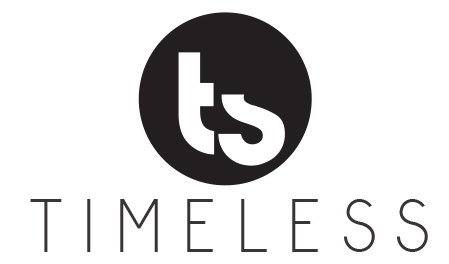
Single in Retirement: How to Plan for Long-Term Care
Planning for retirement can seem like a complex process, but it tends to bring unique issues for singles. Married couples often benefit from joint pension payments and dual Social Security income streams, as well as multiple 401(k) accounts and IRAs. Single retirees may find it more challenging to plan for retirement without the benefit of a partner’s income and assets.
Increasing amounts of Americans are single as they enter retirement. That’s especially true for women. According to data from the U.S. Census Bureau, more than half of all women age 65 and older in 2014 were single.1
If you expect to be single in retirement, you may face unique planning challenges and issues. One of the biggest could be the need for long-term care, which is extended assistance with daily living activities such as eating, dressing and bathing. Long-term care is often provided either in a facility or in the home and can cost thousands of dollars per month. According to the U.S. Department of Health and Human Services, 70 percent of retirees will need some form of long-term care.2
Unless you have a strategy in place, long-term care could drain your retirement assets. Below are a few questions you can ask yourself to start planning for long-term care expenses. If you haven’t started planning, now may be the time to do so. It’s never too early to consider the risk and your options.
Who will provide help?
Long-term care is often caused by cognitive issues like Alzheimer’s, Parkinson’s or the aftereffects of a stroke. In the beginning stages of these conditions, a spouse may be able to provide much of the necessary support and assistance. That can delay the need for an in-home aide or a move to a facility.
However, single retirees don’t have the benefit of a spouse to help with day-to-day living activities. Consider who could provide assistance if you should develop a cognitive issue. Do you have grown children in the area? What about other relatives, like a sibling or nieces or nephews? Could you rely on friends or neighbors?
Be careful about depending on friends and family for too much help. While they may be willing to pitch in occasionally, you don’t want to be dependent on someone who has other important obligations. Consider that you may need to pay for a full-time health aide if you wish to stay in your home.
Who can make decisions on your behalf?
Incapacitation is another big concern in retirement. Incapacitation is the inability to make or communicate decisions about your finances or health care. Again, this is often caused by cognitive issues.
Without any input from you, your relatives or doctors may be forced to make decisions on your behalf. They may make choices that you wouldn’t make for yourself. You can avoid this risk by establishing written planning documents such as a power of attorney or a living will. These legal documents provide exact instructions on how your health and finances should be managed and who should make decisions on your behalf.
What are your funding options?
A recent Genworth study found that the average room in an assisted living facility cost $3,750 per month. An in-home health aide was more expensive, costing on average more than $4,000 per month.3 How long could you afford to pay those costs out of your retirement assets? Consider that many people need long-term care for several years.
You may want to look at long-term care insurance. You pay premiums today in exchange for long-term care coverage in the future. Coverage varies by policy, but most insurers cover care that’s provided either in a facility or in a home, and will pay some or all of your costs. A financial professional can help you find the right policy for your needs and budget.
Ready to plan your long-term care strategy? Let’s talk about it. Contact us today at Timeless Solutions. We can help you analyze your needs and implement a plan. Let’s connect soon and start the conversation.
2https://longtermcare.acl.gov/the-basics/how-much-care-will-you-need.html
3https://www.genworth.com/aging-and-you/finances/cost-of-care.html
Licensed Insurance Professional. This information is designed to provide a general overview with regard to the subject matter covered and is not state specific. The authors, publisher and host are not providing legal, accounting or specific advice for your situation. By providing your information, you give consent to be contacted about the possible sale of an insurance or annuity product. This information has been provided by a Licensed Insurance Professional and does not necessarily represent the views of the presenting insurance professional. The statements and opinions expressed are those of the author and are subject to change at any time. All information is believed to be from reliable sources; however, presenting insurance professional makes no representation as to its completeness or accuracy. This material has been prepared for informational and educational purposes only. It is not intended to provide, and should not be relied upon for, accounting, legal, tax or investment advice. This information has been provided by a Licensed Insurance Professional and is not sponsored or endorsed by the Social Security Administration or any government agency.
18087 – 2018/10/1

